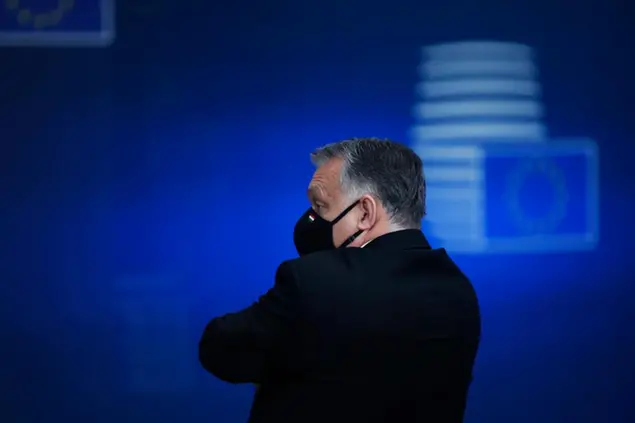- Il confronto tra l’inizio e la fine del 2020 suggerisce che la maggior parte dei partiti della destra radicale populista ha perso terreno nelle intenzioni di voto nell’anno della pandemia.
- Nella prima ondata del Covid-19 si è registrata una forte crescita nelle intenzioni di voto per i partiti di governo, soprattutto nelle fasi più drammatiche della crisi. Nella seconda ondata, invece, tali attori hanno perso consensi.
- Nonostante gli stravolgimenti avvenuti nel corso del 2020, i partiti della destra radicale populista restano attori cruciali nella politica europea contemporanea. Non solo la pandemia non ha inferto un colpo mortale a tali attori, ma, a ben vedere, offre una prova ulteriore del loro consolidamento nei sistemi politici europei.
Così la destra radicale populista è riuscita a sopravvivere all’anno della pandemia

30 dicembre 2020 • 15:46Aggiornato, 04 gennaio 2021 • 13:26